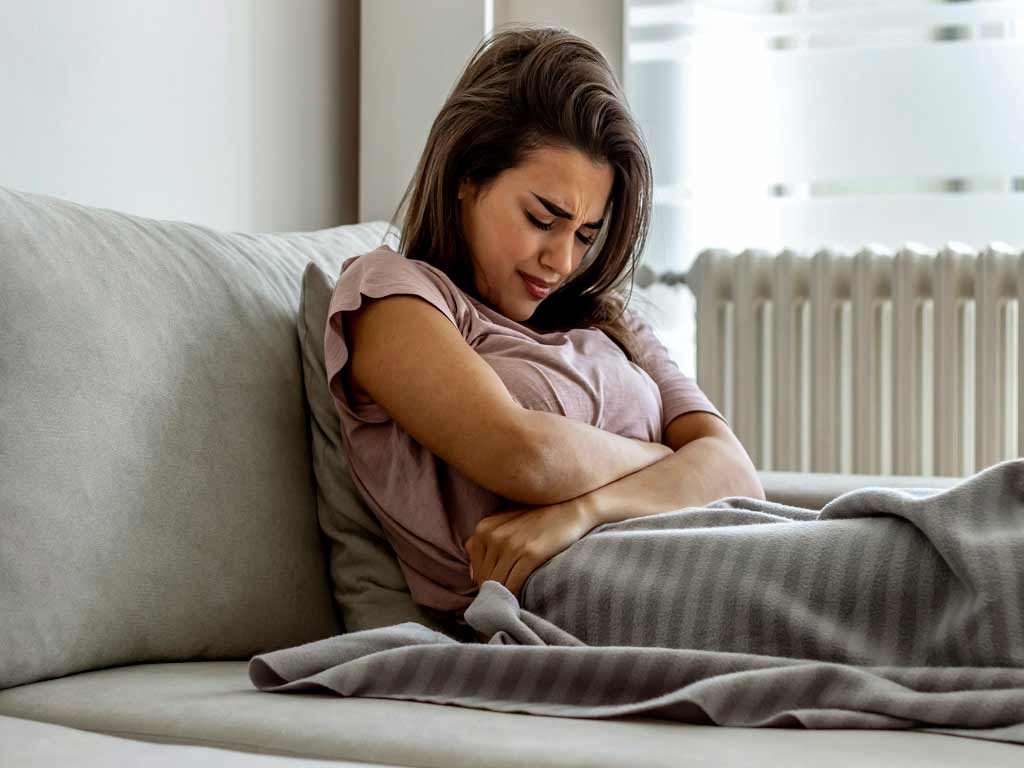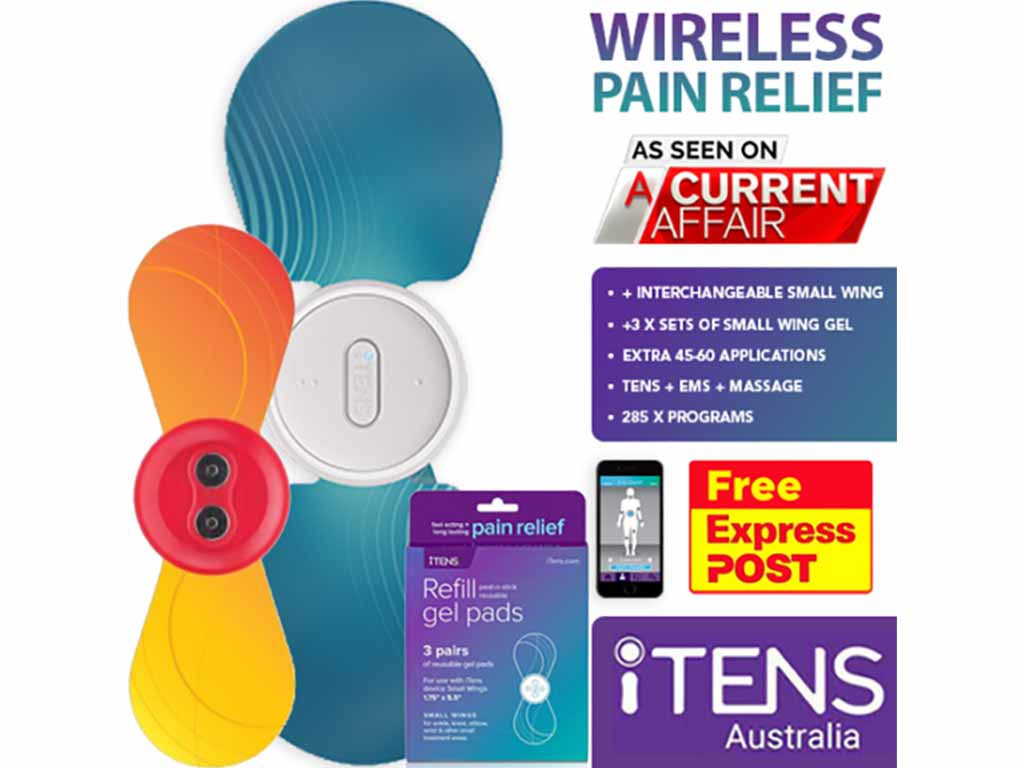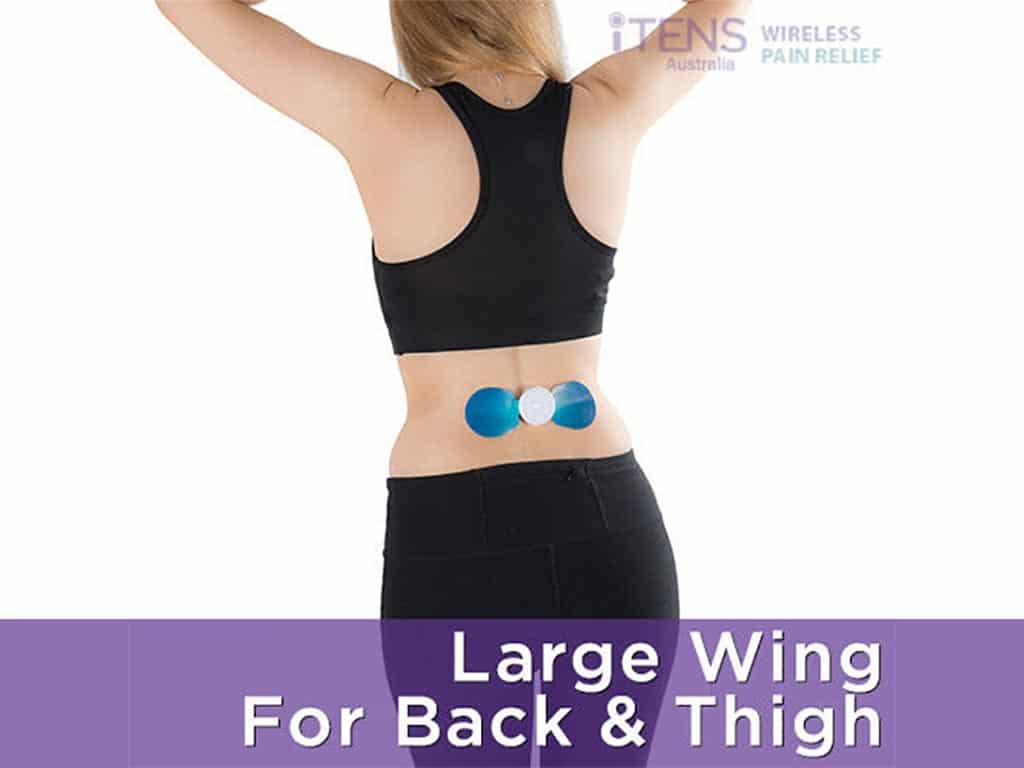
Dealing with menstrual pain can be a monthly struggle for many women. Fortunately, there is a Transcutaneous Electrical Nerve Stimulation or TENS device for period pain relief. It sends mild electrical pulses through the skin to the nerves. Accordingly, using the TENS unit is a straightforward process. Start by preparing the skin in the treatment area. Then, attach the electrode patches. It can be in the lower abdomen or lower back. Finally, turn on the machine and customise the settings.
Pain during periods can be debilitating for many women. It affects daily routine and the overall quality of life. Common approaches to pain relief may include heat packs, compression pads, and medications. However, they may not always provide the desired relief. Conversely, TENS pulse therapy has gained popularity as a natural pain management. It can provide safe, effective, and instant relief. This article will present the TENS period cramp relief device, how it works, and how to operate it.
What is a TENS Device for Period Pain Relief?
Period cramps, medically known as dysmenorrhea, are throbbing pain episodes experienced by many women before or during their menstrual period. These painful cramps occur due to the uterus contracting to shed its lining. Accordingly, it can range from mild pain to severe pain. These pains are a monthly discomfort that can interfere with daily activities. Fortunately, TENS is a solution for period cramps.
A TENS device for period pain relief is a machine that can ease painful periods. It delivers electric pulses to the body through adhesive electrodes attached to the skin. Furthermore, medical professionals, including gynecologists and physiotherapists, often recommend TENS period pain relief devices. They are seen as a safe alternative or complement to traditional pain management methods.
TENS units come in both wired and wireless versions. It caters to different needs and preferences. Wired TENS machines have electrodes that are connected to the device via wires. These units are typically less expensive. On the other hand, wireless TENS units provide more freedom of movement and convenience. They do not require the user to stay tethered to the device. Additionally, they are more discreet to use.
Causes of Period Pain
- Uterine Contractions: The uterus contracts to help expel its lining during menstruation. It is driven by substances known as prostaglandins.
- Prostaglandin Release: Prostaglandins trigger uterine muscle contractions and influence discomfort and inflammation.
- Blood Flow Reduction: Strong uterine contractions can constrict blood vessels, temporarily reducing blood flow to the uterus and heightening pain.
- Accumulation of Endometriosis Tissue: The existence of endometrial tissue outside the uterus exacerbates menstrual cramps.
- Adenomyosis: The inner lining of the uterus breaks through the muscle wall of the uterus, causing significant discomfort.
- Cervical Stenosis: A narrow cervix impedes menstrual flow, causing increased pressure and discomfort.

How a TENS Device for Period Pain Relief Works
A TENS device for period pain relief works through several mechanisms. Firstly, the operation of a TENS unit promotes the release of endorphins. Endorphins are the natural painkillers of the body, resembling the effects of morphine. When the TENS machine sends electrical currents, it triggers the production of these endorphins. As these chemicals flood the body, they interact with specific receptors.
Secondly, the TENS machine utilises the Pain Gate Theory. It suggests that there is a neurological “gate” in the spinal cord that controls the transmission of pain signals to the brain. The electrical impulses from TENS stimulate the nerves in a way that “closes” this gate. Thus, it prevents pain signals from passing through to the brain. Nevertheless, it reduces the sensation of pain during periods.
In addition, the stimulation from TENS can improve blood flow in the treatment region. Enhanced circulation aids in reducing discomfort. It ensures that oxygen and nutrients are efficiently delivered to the tense muscles. Also, waste products and inflammatory substances are removed more effectively. Hence, it helps alleviate painful periods and promotes quicker recovery of the muscles.
Low and High Frequencies
TENS units effectively relieve menstrual cramps through low and high-frequency treatments. Low-frequency TENS operates at less than 10 Hz (Hertz). It is a measure of the rate of electrical pulses. In this mode, the device produces a rhythmic, gentle stimulation designed to mimic the natural pain relief process of the body. It is beneficial for chronic pain.
On the other hand, high-frequency TENS operates above 50 Hz, offering a different approach to pain management. The setting involves faster, more frequent electrical pulses that activate the Pain Gate Theory. Nevertheless, rapid stimulation is valuable for managing acute conditions.

How to Operate a TENS Device for Period Pain Relief
Operating a TENS device for period pain relief involves a few straightforward steps. Firstly, prepare the skin where the electrode patches will be placed. The area should be clean, dry, and free from lotions or oils. Next, attach the electrodes to the skin. Adhere to the proper pad placement for effective relief. Once the electrodes are in place, turn on the TENS device and adjust the settings.
The TENS unit typically offers different frequencies, intensities, and duration. It allows users to customise their pain relief experience. Individuals can experiment with these settings. However, starting at a low setting is essential. Gradually increase the strength of the electrical pulses until a comfortable, tingling sensation is felt. The sensation indicates that the device is actively stimulating the nerves.
The session can last anywhere from 15 to 30 minutes. It is vital to remain relatively still to keep the electrode pads in the correct position and to ensure consistent stimulation. However, the device is portable, allowing for a degree of movement if necessary. After use, turn off the TENS device and remove the electrodes from the skin.
Where to Place the Electrodes?
The common areas for pad placement during menstrual cramps are the lower abdomen and lower back. For lower abdominal pain, typically associated with period cramps, individuals place two pads below the belly button on either side. If the pain extends to the lower back or primarily resides there, putting the pads on either side of the spine in the lower back region is compelling.
Additionally, maintain a distance between the pads. It is to balance the delivery of electrical pulses. Furthermore, professionals recommend avoiding pad placement directly over sensitive areas. It may include the spine and broken skin.
Conclusion
In conclusion, uterine contractions, prostaglandin release, adenomyosis, and cervical stenosis are some of the causes of menstrual cramps. Fortunately, a TENS device for period pain relief can be a safe and effective solution. It is a wired or wireless unit that sends electrical pulses to the body via electrodes attached to the skin. Accordingly, this electrical stimulation works in various mechanisms. It blocks the transmission of pain signals, triggers the release of endorphins, and improves blood flow.
Additionally, TENS units can stream the electrical currents in low (below 10 Hz) and high (above 50 Hz) frequencies. Furthermore, operating a TENS period cramp machine is easy. Prepare the skin in the treatment region. Next, attach the electrodes. Then, turn on the TENS device. Finally, adjust the settings. However, it is vital to know where to place the pads. For period cramps, the common areas for pad placement are the lower abdomen and the lower back.







